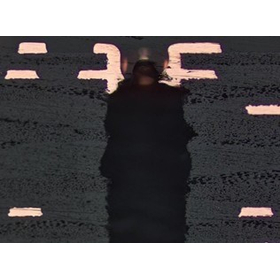PTH Killer - Common Plating Defect Factors
The most serious issue with PTH (plated through holes) is the voids that occur in areas where copper plating is required. But do you know why this happens? Common factors lie in the materials, drilling process, or plating process.
1) Materials: The coefficient of thermal expansion (CTE) of the materials may not be suitable for the plating process. Compared to older lead processes, recent lead-free processes have higher requirements for the thermal expansion rate of materials. If the material is still only suitable for lead processes, applying it to lead-free processes may result in voids.
2) Drilling Process: After the drilling process, dust remains on the material. If the vacuum cleaner is not functioning properly and debris accumulates in the holes, the likelihood of voids occurring after plating increases.
3) Plating Process: When the substrate enters the plating solution, bubbles form in the holes. The plating machine vibrates to remove the bubbles, but if the parameters are not accurate or for other reasons, bubbles may remain. And bubbles, just like the residual dust after drilling, can cause voids after the plating process.

Inquiry about this news
Contact Us OnlineMore Details & Registration
Details & Registration






